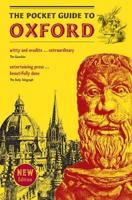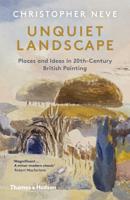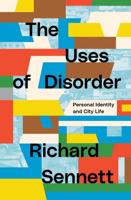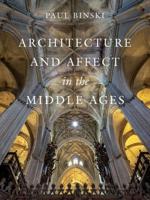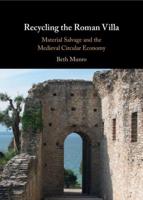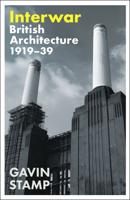Publisher's Synopsis
This all-embracing biography of Dublin, the first undertaken for more than thirty years, traces the social, economic, cultural and political development of the 'second city of empire' and its emergence as one of Europe's great capitals. It explores Dublin's first thousand years as a modest urban settlement, then focusses on the last four hundred, from the seventeenth-century court city via the parliamentary metropolis of the eighteenth, the politically and religiously polarized town of the nineteenth to the embattled centre of a new nation in the twentieth. It concludes with a magisterial analysis of the vast city-region that had taken shape by 2000. Dublin was always a hybrid place, a melting pot for Viking and Gaelic, Anglo-Norman, New English, Ulster Scot, Huguenot and Jewish, whence came much of its cultural singularity. Irish independence was a mixed blessing for the new capital: Dublin's rulers were for the most part not interested in urban regeneration or architectural flamboyance, and its cultural institutions atrophied for half a century or more. But industrial policy from the 1930s accelerated migration to what became greater Dublin, the poorly planned low-density megalopolis that had fully taken shape a generation before the Celtic Tiger growled. Building on modern research, David Dickson's Dublin provides an entirely fresh account, much of it unfamiliar. Ambitious, detailed, inclusive and richly illustrated, it captures this tantalizingly complex story in a single volume.

